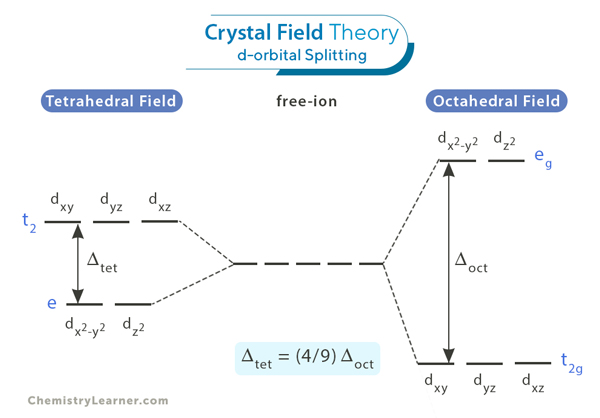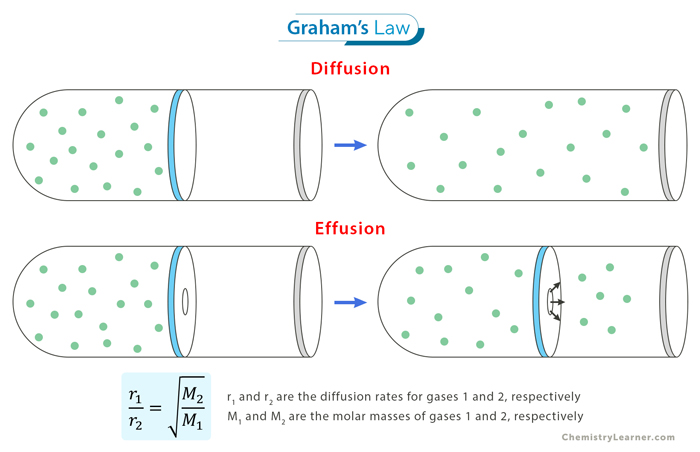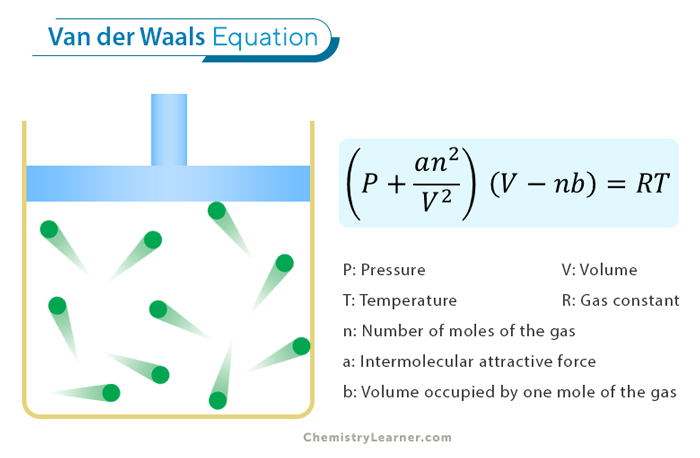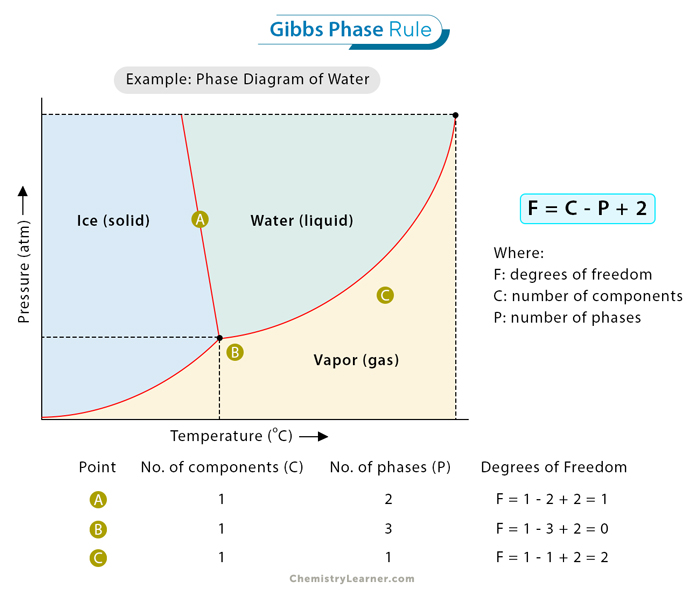Crystal Field Theory
Crystal Field Theory (CFT), introduced in the early 20th century by Hans Bethe and later developed by J. H. Van Vleck and Linus Pauling, revolutionized the understanding of transition metal complexes. CFT focuses on the interaction between the d-orbitals of the central metal ion and the ligand field generated by surrounding ligands. Unlike earlier models, which treated metal-ligand bonding as purely covalent or purely ionic, CFT provides a more nuanced description incorporating both covalent and ionic contributions to the bonding. [1-4]
Concept
The interaction between the d-orbitals of the central metal ion and the electrons of surrounding ligands leads to the splitting of the degenerate d-orbitals into different energy levels, forming a crystal field around the metal center. The resulting energy difference between these levels gives rise to various spectroscopic and magnetic properties observed in coordination compounds. [1-6]
One crucial aspect of CFT is its distinction between sigma (σ) and pi (π) bonding interactions within the coordination complex. Sigma bonding occurs when electron density is directly concentrated along the internuclear axis between the metal ion and ligand, forming a sigma bond. In contrast, pi bonding arises when electron density is concentrated above and below the internuclear axis, forming pi bonds. These sigma and pi bonding interactions contribute differently to the coordination complex’s overall stability and electronic structure, thus influencing the magnitude of the crystal field splitting. The distinction between sigma and pi bonding is essential in understanding transition metal complexes’ geometry and electronic properties.
High Spin and Low Spin
High spin and low spin configurations emerge as crucial concepts within CFT. These configurations describe the arrangement of electrons within the d-orbitals of transition metal complexes and have significant implications for the properties and behavior of these compounds. [1-6]
High spin configurations occur when the energy required to pair electrons within the degenerate d-orbitals is greater than the energy needed to place them in separate orbitals. In such cases, electrons populate the available d-orbitals individually before pairing occurs, resulting in a higher total spin multiplicity. This configuration typically arises in complexes with weak ligand fields or high oxidation states of the central metal ion.
Conversely, low spin configurations manifest when the energy required to pair electrons is lower than that needed to place them in separate orbitals. As a result, electrons pair up in the degenerate d-orbitals before populating other orbitals, leading to a lower total spin multiplicity. Low spin configurations are commonly observed in complexes with strong ligand fields or low oxidation states of the central metal ion.
Several factors influence whether a coordination complex adopts a high or low spin configuration. One primary determinant is the nature of the ligands surrounding the central metal ion. Ligands with strong field strengths tend to induce low spin configurations by destabilizing the degenerate d-orbitals and promoting electron pairing. Conversely, ligands with weaker field strengths favor high spin configurations by exerting less influence on the electronic structure of the complex.
Additionally, the metal ion’s oxidation state and the coordination complex’s geometry are significant in determining the spin state. Higher oxidation states and octahedral geometries favor high-spin configurations, while lower oxidation states and tetrahedral geometries promote low-spin configurations.
Crystal Field Splitting in Octahedral Complexes
Octahedral coordination complexes represent a prevalent and fundamental geometry in coordination chemistry, wherein the central metal ion is surrounded by six ligands arranged symmetrically around it. In these complexes, the d-orbitals of the central metal experience a specific energy interaction with the surrounding ligand field, leading to a characteristic splitting of the d-orbitals known as crystal field splitting. [1-6]
Crystal field splitting in octahedral complexes arises due to the repulsive interactions between the negatively charged ligands and the electrons in the d-orbitals of the metal ion. The symmetry of the octahedral field dictates that the d-orbitals split into two distinct energy levels: the lower energy set consisting of the dxy, dyz, and dxz orbitals (collectively termed the “t2g” set) and the higher energy set comprising the dx²-y² and dz² orbitals (termed the “eg” set). The difference in energy between the two sets of d-orbitals is denoted by Δoct.
This energy splitting has significant spectroscopic consequences, particularly in the absorption of electromagnetic radiation. Transition metal complexes with octahedral geometry often exhibit characteristic absorption spectra in the visible region due to electronic transitions between the split d-orbital energy levels. The energy difference between the t2g and eg orbitals corresponds to the energy of photons absorbed, leading to the observation of distinct colors.
For example, complexes with a large energy gap between t2g and eg orbitals absorb light in the violet or ultraviolet region and appear yellow or colorless, while those with smaller energy gaps absorb light in the visible spectrum and exhibit various colors ranging from green to red.
Crystal Field Splitting in Tetrahedral Complexes
Tetrahedral coordination complexes represent another essential geometry in coordination chemistry, characterized by four ligands arranged symmetrically around the central metal ion. Crystal field splitting in tetrahedral complexes results in a different arrangement of energy levels from that of octahedral complexes due to the distinct symmetry of the ligand field. [1-6]
The electrons in dx²-y² and dz² orbitals experience weaker repulsion from ligands than those in dxy, dyz, and dxz orbitals. Consequently, the energy levels of the dxy, dyz, and dxz orbital sets (collectively known as the “t2” set) are elevated, whereas those of the dx²-y² and dz² orbitals (known as the “e” set) are reduced. The difference in energy between the two sets of d-orbitals is denoted by Δtet. It is observed that Δtet = (4/9) Δoct.
The crystal field splitting is inherently reduced in tetrahedral complexes compared to octahedral ones due to the presence of only two-thirds as many ligands, resulting in a less pronounced impact on the d orbitals. The spectroscopic implications of crystal field splitting in tetrahedral complexes differ from those in octahedral complexes. It leads to differences in the wavelengths of absorbed light and, consequently, the observed colors. Tetrahedral complexes generally absorb light in the visible region, resulting in various colors depending on the specific ligands and metal ions involved.
Crystal Field Stabilization Energy
Crystal field stabilization energy (CFSE) measures the stability of metal ion complexes in coordination chemistry. It is the energy of the electron configuration in the ligand field minus the energy of the electronic configuration in the isotropic field.
CFSE = ΔE = ELigand field – EIsotropic field
The CFSE will vary based on several factors, including:
- Arrangement (which alters the splitting patterns of d-orbitals)
- Quantity of d-electrons
- The energy of spin pairing
- Nature of ligands
Applications
Here are some applications of CFT: [1]
- It predicts the colors of coordination compounds from light absorption by the d-electrons within the metal ion.
- It comprehends the magnetic traits of coordination compounds attributable to unpaired electrons inhabiting d-orbitals. The theory anticipates electron occupancy in lower energy levels, potentially resulting in unpaired electrons and magnetic moments.
- It determines the stability of coordination compounds by postulating that heightened CFSE correlates with increased compound stability.
- It helps understand the reactivity of coordination compounds, suggesting that compounds with lower crystal field splitting energy exhibit higher reactivity than those with higher crystal field splitting energy.
- Using CFT, researchers can proactively design novel coordination compounds by forecasting compound properties before synthesis.





